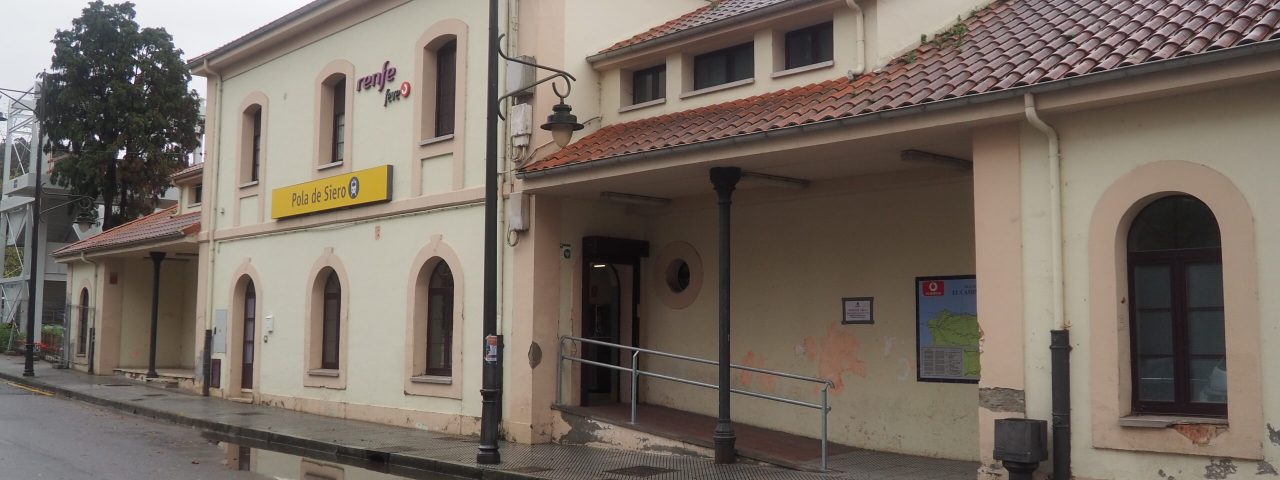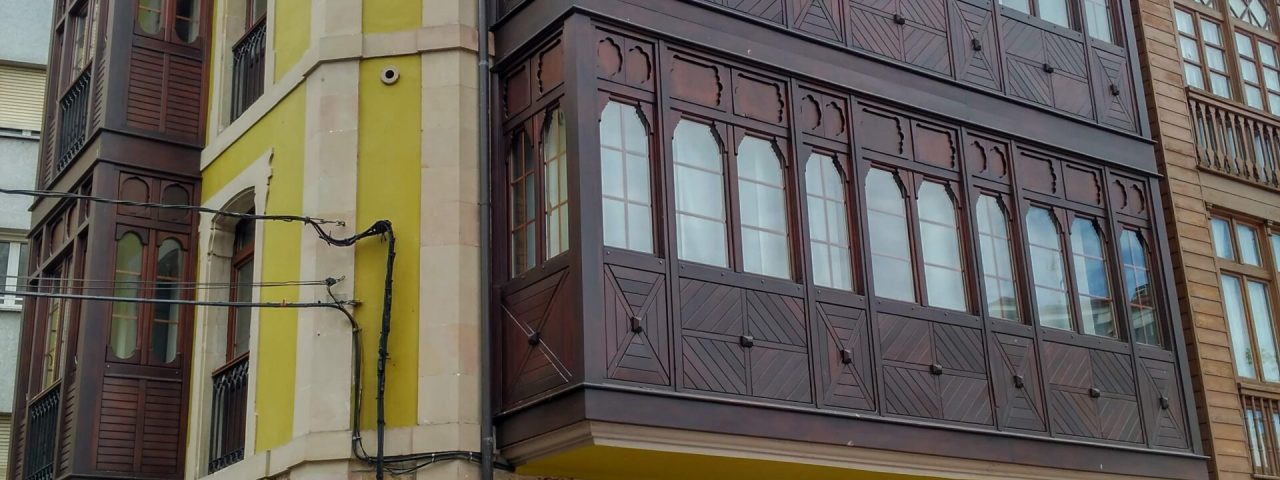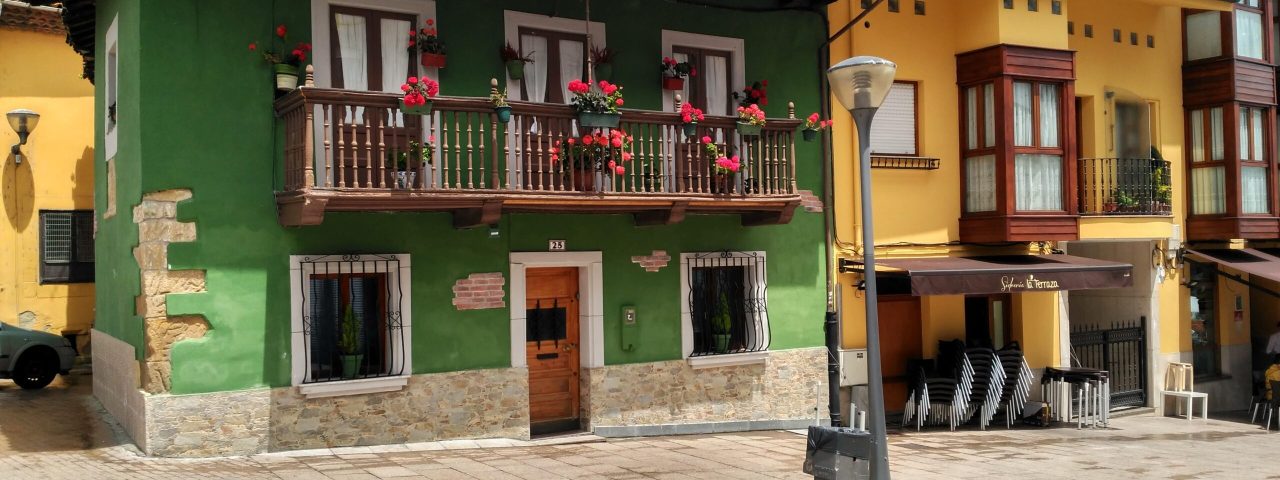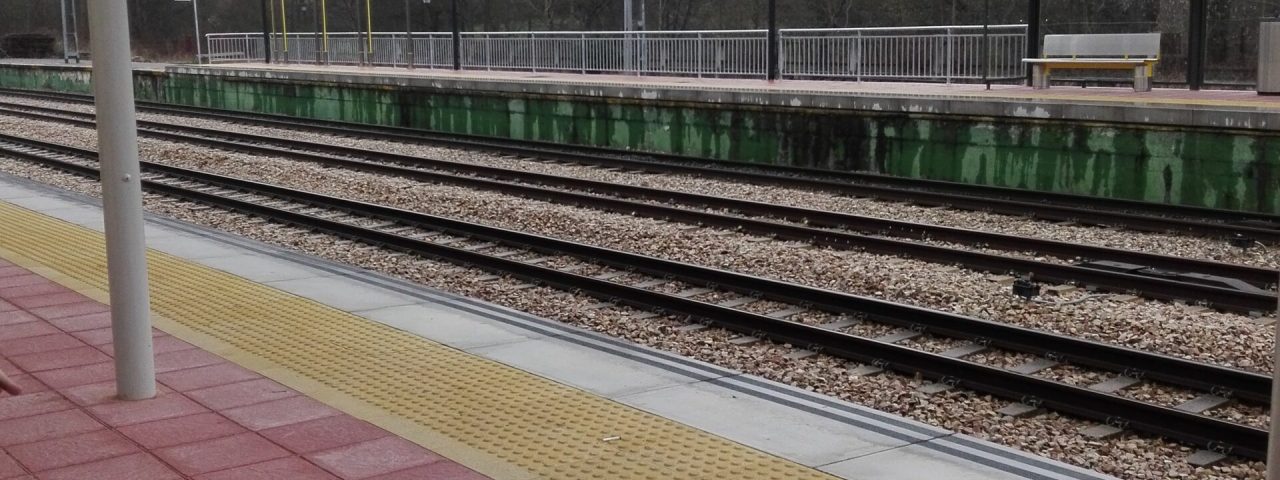Pola de Siero has a rich history that dates back to the early Middle Ages. The town grew in importance during the medieval period, serving as a significant trading post due to its location at the crossroads of several important routes. It has been influenced by various cultures over the centuries, from Roman to Christian, with each leaving its mark on the town’s architecture and traditions. Today, the town preserves much of its historical charm, with winding streets, traditional houses, and ancient landmarks.
Culturally, Pola de Siero is renowned for its vibrant festivals and local traditions. The most famous of these is the Antroxu, the Asturian Carnival, which fills the town with parades, music, and colorful costumes each February. Another major event is the Feria de San Martín, a traditional fair held in November, celebrating the region’s agricultural roots and featuring livestock shows, craft markets, and food stalls. These festivals attract visitors from all over Asturias and beyond, making them important cultural highlights of the town.
Local customs are deeply rooted in Asturian heritage, with a strong emphasis on community, family, and celebration. The town also features several historical landmarks, such as the Iglesia de San Pedro, a beautiful 18th-century church that serves as a focal point for local religious events.




